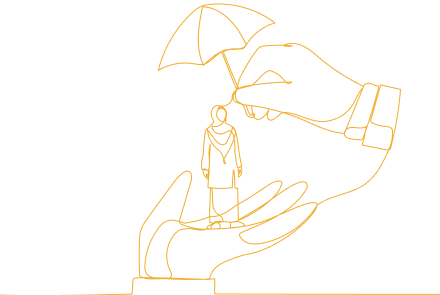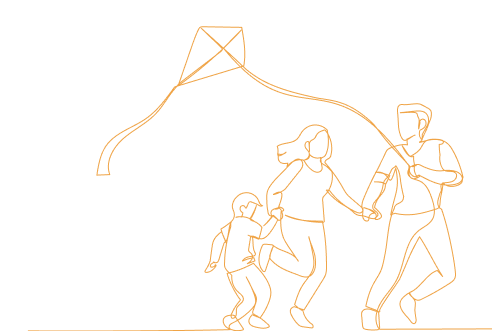- You get treatments on the same conditions and at the same price as people insured in that country.
It is important to remember that EHIC does not guarantee free medical services, but it rather allows you to get them on the same conditions and at the same price as people insured in that country.
If locals get medical treatments for free in the country you visit, you will also get them for free with your EHIC.
If locals pay a certain amount and receive reimbursement later, you will also have to pay upfront and will need to claim the reimbursement afterwards.
If locals pay a certain non-reimbursable fee, you will also have to pay it and it will not be reimbursed to you.
Common EHIC-Related Issues
1. I went to travel but forgot my EHIC/don’t have one yet.
If you are staying temporarily in another EU/EEA country and forgot your EHIC back home or don’t have one yet, you will need to pay the actual cost of the treatment yourself and apply for the reimbursement once you are back home.
Alternatively, you may ask the doctor to contact the social security institution/body where you are insured and verify that you have an EHIC or are entitled to one. Once verified, you will get the treatment on the same terms as the locals.
2. My social security institution refuses to issue EHIC.
If you are entitled to an EHIC, your social security institution/body has to provide you with one at your request. Alternatively, if they cannot issue your EHIC for some reason, they have to provide you with a provisional replacement certificate.
If they do not provide you with an EHIC/provisional certificate when you believe you are entitled to one, you should be able to appeal their decision.
Additionally, if the issue persists, you can submit your problem to SOLVIT (an EU online service that helps to resolve problems with your EU rights).
3. Healthcare provider does not accept EHIC.
If the healthcare provider does not accept EHIC when they must and you have to pay the actual cost of the treatment yourself, you can claim reimbursement of the applicable amounts from the social security institution of the country where you are insured or, alternatively, from the social security institution of the country where you got the treatment.
If the issue persists (e.g., you are not reimbursed eventually when you believe you should be), you can submit your problem to SOLVIT.
Last updated on 31 January 2025






